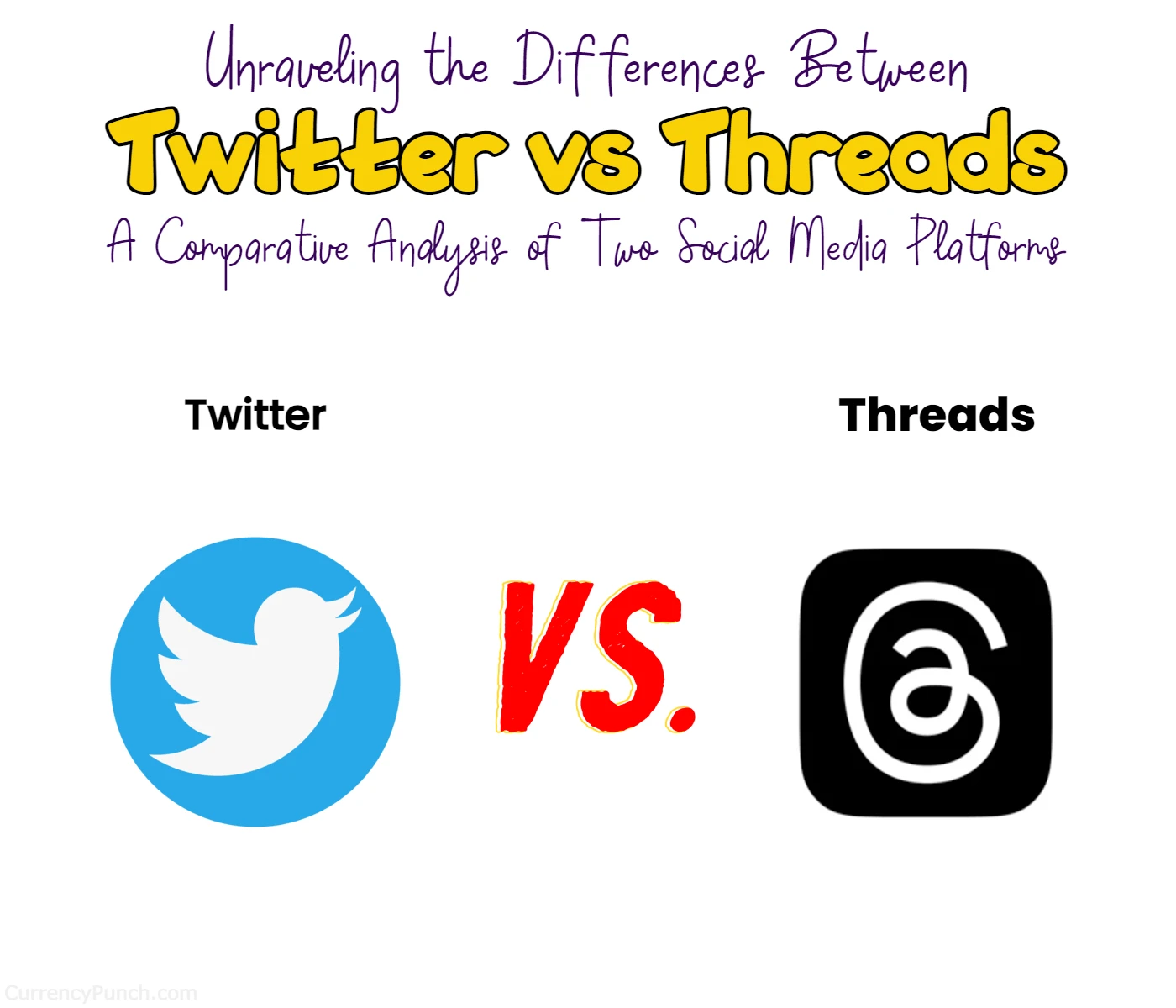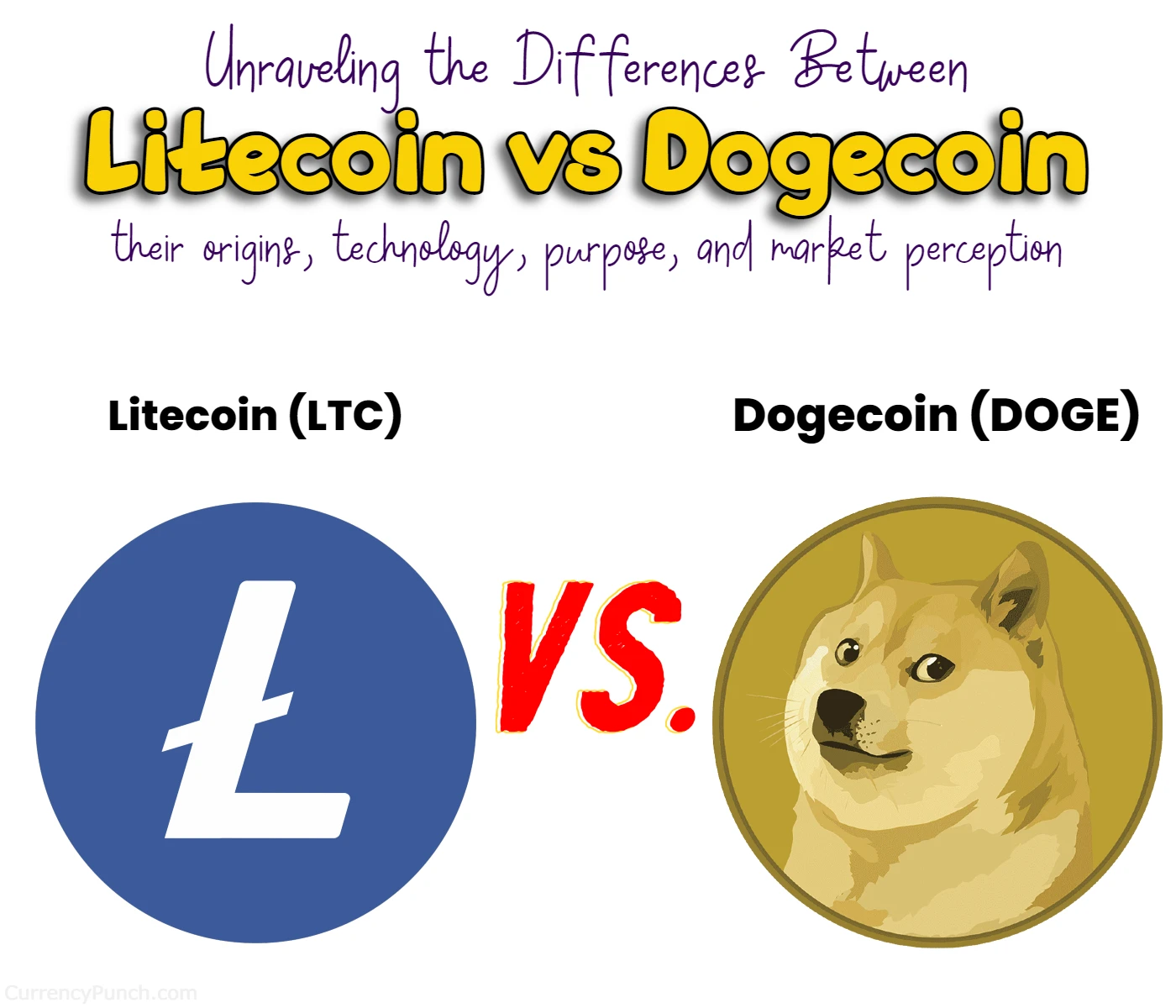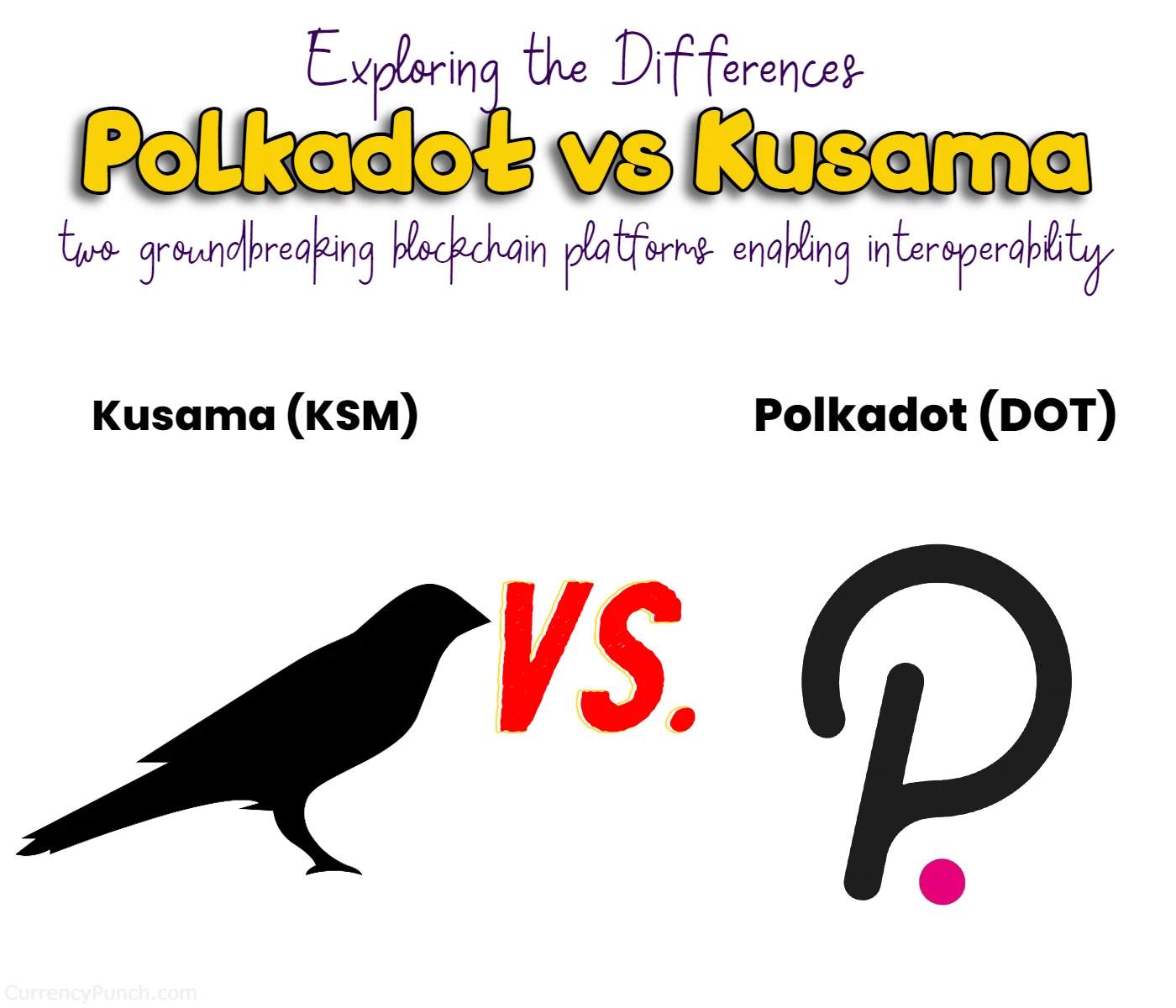Metamask vs Ledger
What is the difference between Ledger wallet and Metamask wallet?

Are you interested in cryptocurrencies and looking for a reliable wallet to securely manage your digital assets? If so, you’ve probably come across two popular options: Metamask and Ledger. But what exactly sets these wallets apart? In this blog post, we’ll explore the differences between Ledger wallet and Metamask wallet, helping you make an informed decision about which one suits your needs best.
When it comes to security, both Ledger and Metamask employ different approaches. Metamask is a software-based wallet that operates as a browser extension, allowing you to store and manage your Ethereum and ERC-20 tokens. While it offers a strong level of security, it relies on the security measures implemented within the browser extension and your device. On the other hand, Ledger is a hardware wallet, resembling a USB drive. It stores your private keys offline, away from potential online threats. By keeping your keys offline, Ledger provides an added layer of security, making it harder for hackers to gain unauthorized access to your funds.
The user experience is another aspect where these wallets differ. Metamask provides a user-friendly interface that seamlessly integrates with popular web browsers like Chrome and Firefox. With Metamask, you can manage multiple Ethereum accounts, import/export wallets, and interact with decentralized applications (DApps) with ease. On the contrary, Ledger requires a different setup process. Users need to connect the Ledger device to their computer and install the Ledger Live application. While this might be slightly more complex, Ledger offers a comprehensive interface that allows you to manage multiple cryptocurrencies, access advanced features like staking, and trade on decentralized exchanges (DEXs).
Here’s a quick comparison chart highlighting the key differences between Metamask and Ledger wallets:
| Feature | Metamask | Ledger |
|---|---|---|
| Type | Software wallet (browser extension) | Hardware wallet (USB device) |
| Security | Relies on browser and device security | Offline storage of private keys |
| User Interface | User-friendly interface in web browser | Dedicated application (Ledger Live) |
| Supported Coins | Primarily Ethereum and ERC-20 tokens | Wide range of cryptocurrencies |
| Mobility | Accessible from any device with browser | Requires physical device connection |
| Transaction Process | Confirmation within browser extension | Confirmation on Ledger device |
| Recovery Options | Seed phrase backup for wallet recovery | Seed phrase backup for wallet recovery |
| Cost | Free to use, gas fees for transactions | Upfront cost for purchasing the device |
| Community Support | Active community and support channels | Comprehensive support resources |
Differences between Metamask and Ledger Wallets
Metamask is a browser extension wallet designed to interact with Ethereum-based networks. It allows users to securely store and manage their Ethereum (ETH) and ERC-20 tokens. Metamask acts as a bridge between your web browser and the Ethereum network, making it easy to connect with DApps and perform transactions seamlessly.
Ledger, on the other hand, is a hardware wallet that provides an offline storage solution for cryptocurrencies. Unlike Metamask, which is a software-based wallet, Ledger wallets are physical devices that resemble USB drives. They offer an extra layer of security by keeping your private keys offline, away from potential online threats.
Security: Software vs Hardware
One of the most significant differences between Metamask and Ledger lies in their security approaches. Metamask is a software wallet that relies on the security measures implemented within the browser extension and the user’s device. While Metamask offers a strong level of security, it is still susceptible to malware, phishing attacks, and other vulnerabilities that can compromise the user’s private keys.
On the other hand, Ledger utilizes a hardware-based approach to security. As a hardware wallet, it stores your private keys offline and signs transactions within the device itself. This isolation significantly reduces the risk of your keys being exposed to online threats. Even if your computer is compromised, the hacker would still need physical access to your Ledger device to access your funds.
User Interface and User Experience
Metamask provides a user-friendly interface that seamlessly integrates with popular web browsers like Chrome and Firefox. It offers a straightforward setup process and enables users to manage multiple Ethereum accounts within a single interface. Metamask also supports the import and export of wallets, making it easy to transfer your accounts across different devices.
Ledger, being a hardware wallet, requires a different setup process. Users need to connect the Ledger device to their computer and install the Ledger Live application to manage their cryptocurrencies. While this might be slightly more complex compared to Metamask’s browser extension, Ledger provides a comprehensive interface that allows users to manage multiple cryptocurrencies and access advanced features such as staking and decentralized exchanges.
Supported Cryptocurrencies
Metamask primarily focuses on Ethereum and its associated tokens. It supports both Ethereum mainnet and various test networks like Ropsten, Kovan, and Rinkeby. Metamask’s compatibility with Ethereum-based networks makes it an ideal choice for those heavily involved in the Ethereum ecosystem.
In contrast, Ledger supports a wide range of cryptocurrencies, including Bitcoin (BTC), Ethereum, Litecoin (LTC), Ripple (XRP), and many more. The Ledger Live application provides users with the ability to manage different accounts and cryptocurrencies from a single interface, making it convenient for those who hold various cryptocurrencies.
Mobility and Accessibility
Metamask’s browser extension can be easily installed on popular web browsers, allowing users to access their wallets from any device with an internet connection. This makes it highly convenient for individuals who frequently switch between multiple devices or locations. As long as you have access to a browser with Metamask installed, you can manage your Ethereum accounts on the go.
Ledger, being a physical device, offers a different level of mobility. While you can easily carry your Ledger wallet with you, using it requires physical access to the device and a computer or mobile device with the Ledger Live application installed. This means that if you forget to bring your Ledger device or don’t have access to a computer or mobile device with the Ledger Live application, you won’t be able to manage your cryptocurrencies.
Transaction Confirmation Process
Metamask simplifies the transaction confirmation process by allowing users to review and confirm transactions directly within the browser extension. When initiating a transaction, Metamask displays the transaction details, such as the recipient address and the amount being sent, and prompts the user to confirm the transaction with a simple click. This streamlined process makes it easy for users to review and approve transactions quickly.
Ledger, on the other hand, follows a different transaction confirmation process. When using a Ledger device, transaction details are displayed on the Ledger device’s screen for verification. Users need to physically confirm the transaction by pressing buttons on the device itself. This additional step provides an extra layer of security, as it ensures that the transaction details are verified on the Ledger device itself, minimizing the risk of transaction tampering.
Recovery Options
In the unfortunate event of losing access to your wallet or your device being damaged, both Metamask and Ledger offer recovery options to regain access to your funds.
Metamask utilizes a seed phrase (typically 12 or 24 words) during the initial setup process. This seed phrase acts as a backup of your private keys and can be used to restore your wallet on any device that supports Metamask. It’s crucial to keep your seed phrase secure and never share it with anyone.
Ledger also relies on a seed phrase for wallet recovery. During the initial setup, users are provided with a 24-word seed phrase, commonly known as the Ledger Recovery Phrase. This seed phrase should be carefully written down and stored in a secure location. In case of loss or damage to the Ledger device, the seed phrase can be used to restore access to your funds on a new Ledger device.
Cost Considerations
Metamask is a free browser extension wallet, and there are no fees associated with using its core features. However, it’s important to note that when performing transactions on the Ethereum network, users need to pay gas fees, which are required to process and confirm transactions. These gas fees are not specific to Metamask but apply to all Ethereum transactions.
Ledger, being a hardware wallet, comes with a cost. The price of a Ledger device varies depending on the model and features. While there is an upfront cost associated with purchasing a Ledger wallet, it offers enhanced security features that can justify the investment for individuals holding significant amounts of cryptocurrencies.
Community and Support
Metamask has a vibrant community of users and developers within the Ethereum ecosystem. It benefits from regular updates and improvements, with active support channels available, including documentation, community forums, and social media platforms. The Metamask team is responsive to user feedback and actively addresses any issues or concerns raised by the community.
Ledger also boasts a strong community and offers comprehensive support for its users. The Ledger Live application provides a dedicated support section with resources, FAQs, and troubleshooting guides. Additionally, Ledger has a customer support team that can assist users with any queries or technical difficulties they may encounter.
Conclusion
In summary, Metamask and Ledger are two distinct types of wallets, each offering unique features and security measures. Metamask is a browser extension wallet that provides a user-friendly interface and seamless integration with Ethereum-based networks, making it suitable for those heavily involved in the Ethereum ecosystem. On the other hand, Ledger is a hardware wallet that prioritizes security by storing private keys offline, offering broader cryptocurrency support, and catering to users with larger cryptocurrency portfolios.
When deciding between Metamask and Ledger, it’s essential to consider your specific needs and priorities. If you value convenience, easy accessibility, and primarily interact with Ethereum and its associated tokens, Metamask may be the ideal choice for you. Its browser extension allows for seamless integration with popular web browsers, enabling you to manage your Ethereum accounts from any device with an internet connection.
On the other hand, if security is your top priority and you hold a diverse range of cryptocurrencies beyond Ethereum, Ledger’s hardware wallet provides an added layer of protection. With offline storage of private keys and transaction verification on the device itself, Ledger minimizes the risk of online threats compromising your funds. Moreover, Ledger’s support for multiple cryptocurrencies makes it a versatile option for those who hold various digital assets.
Additionally, consider your level of technical expertise and comfort with hardware devices. Metamask’s software-based approach makes it more accessible to users who are familiar with browser extensions and don’t want to deal with the setup and management of a physical device. Ledger, while offering enhanced security, requires a setup process that involves connecting the device to a computer or mobile device and installing the Ledger Live application.
Furthermore, consider the scale of your cryptocurrency holdings. If you have significant investments in digital assets, the added security features of a hardware wallet like Ledger may provide peace of mind. However, if you hold a smaller amount of cryptocurrencies or frequently engage in small transactions, the convenience and accessibility of Metamask may be sufficient for your needs.
It’s important to note that both wallets have their strengths and weaknesses, and the choice ultimately depends on your specific requirements and preferences. Some individuals even use both wallets simultaneously, leveraging the unique features of each to diversify their security measures and access different functionalities.
In conclusion, Metamask and Ledger are two popular wallets that cater to different user preferences and priorities. Metamask offers a user-friendly interface and seamless integration with Ethereum-based networks, while Ledger provides enhanced security through its hardware wallet approach and broader cryptocurrency support. By understanding the differences between these wallets and assessing your individual needs, you can make an informed decision and select the wallet that best aligns with your cryptocurrency management requirements.
FAQs
Metamask provides a user-friendly interface as a browser extension, seamlessly integrating with popular web browsers. Users can manage multiple Ethereum accounts and easily interact with DApps. Ledger, on the other hand, requires a different setup process. Users need to connect the Ledger device to their computer and use the dedicated Ledger Live application to manage their cryptocurrencies.
Metamask primarily focuses on Ethereum and its associated tokens. It supports Ethereum mainnet and various test networks. Ledger, on the other hand, supports a wide range of cryptocurrencies, including Bitcoin, Ethereum, Litecoin, Ripple, and many more. Ledger’s broader cryptocurrency support makes it a suitable choice for users who hold various digital assets.
Metamask and Ledger both offer recovery options in case of wallet loss or device damage. Metamask provides a seed phrase (usually 12 or 24 words) during the setup process. This seed phrase acts as a backup and can be used to restore your wallet on any device supporting Metamask. Ledger also relies on a seed phrase, known as the Ledger Recovery Phrase. By securely storing this phrase, you can restore access to your funds on a new Ledger device.
Read More:



